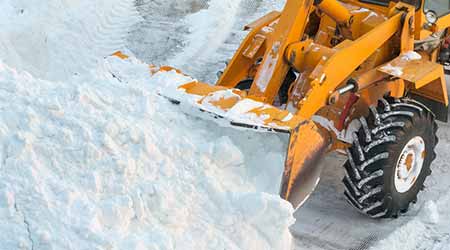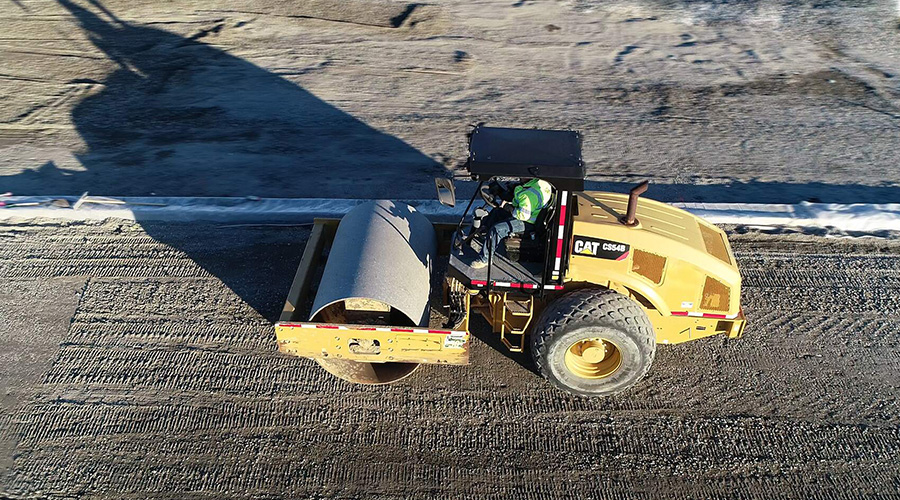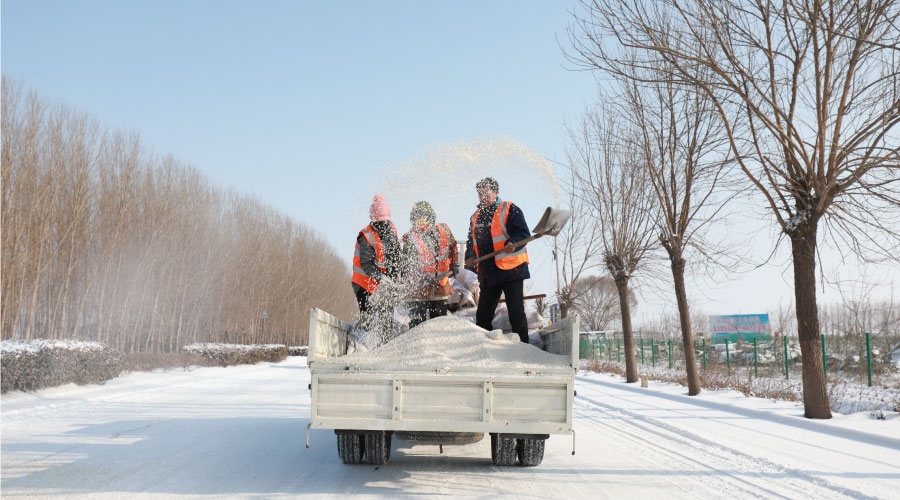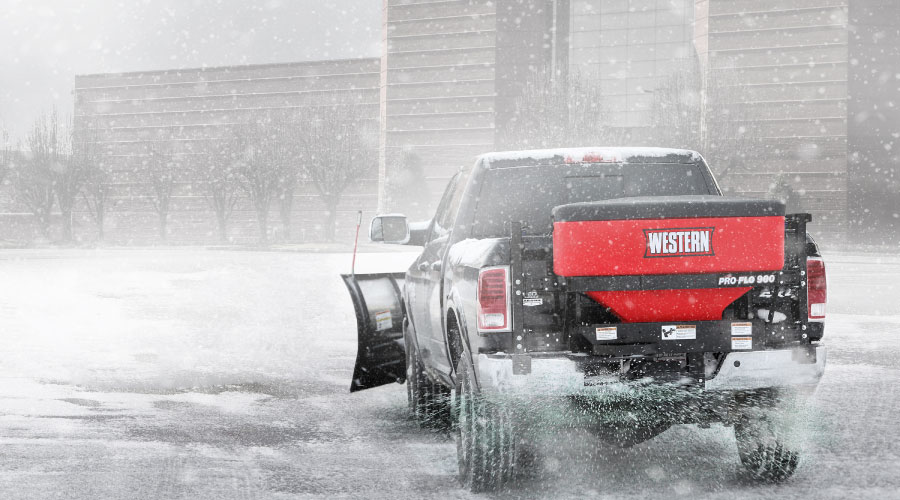Winter Preparation Presents Staffing Challenges
Part 2 of a four-part article on snow and ice management at the University of Michigan
The department’s staffing challenges for winter preparation go beyond familiarizing workers with their equipment.
“The biggest challenge for us is crew turnover,” Doletzky says. “We use a lot of temporary workers for shoveling, and they come and go. They don’t typically stay for more than a couple of years. So we need to train them, and a lot of times it’s on the proper amount of salt to apply and when.”
Responsibility for staff training falls to Doletzky and his team, who also sets staffing levels for standard operations and winter weather response.
“I make critical decisions on when we’ll have staff extend their hours or come in early,” he says. “I work with the supervisors to make sure we have coverage.”
Specific staffing levels depend on the way the storm develops.
“We have every zone staffed appropriately for the daytime shifts, and then we have roughly 25 percent who can come in early and work off-hours — the middle of the night and weekends — so that we have a skeleton crew here 24/7,” he says. “My role is to make sure those decisions are being made properly.
“One big challenge is lake-effect snowstorms that continue for several days and never really stop. Those are times we have to stretch our crews at both ends of the shifts. We have to make decisions on the fly as to when they’re going to come in and how long they’re going to stay.”
The demands of a large and active campus also factor into these decisions.
“Campus really doesn’t shut down,” he says. “People live here, and they can’t just stop classes so we can do our thing. If it’s a snowstorm that’s going to be heavy overnight and we’re worried about (crews) being able to make it home and get back, we’ll actually put people up in a hotel that we have on campus so we know they’re going to be here in the morning.”
Related Topics:
















